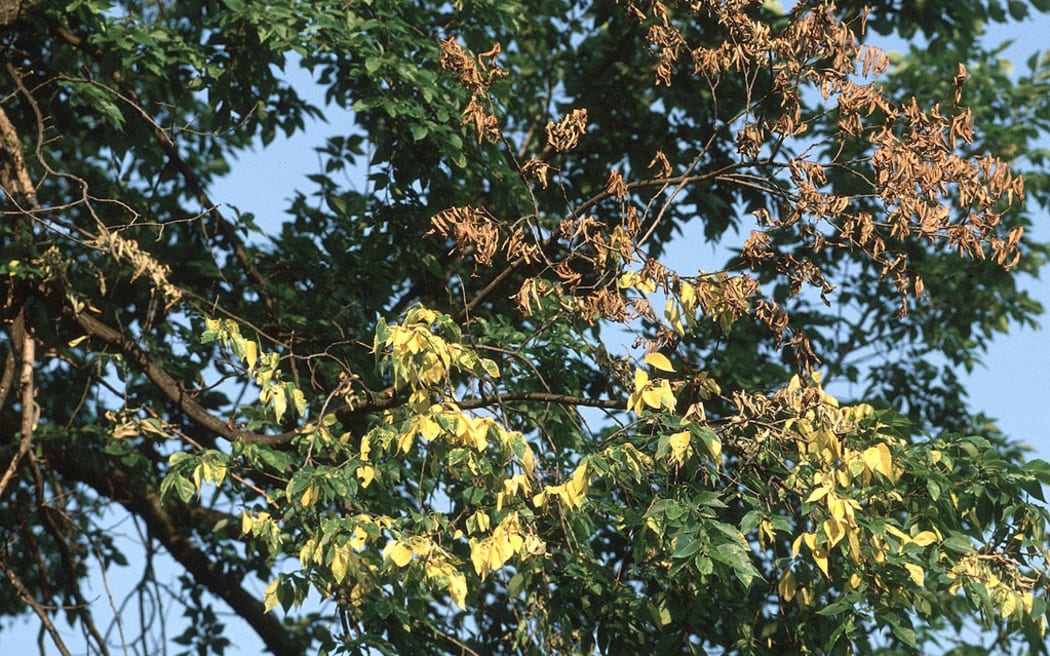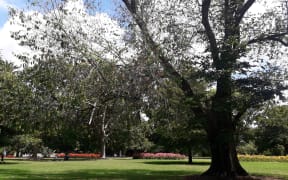
Dutch elm disease was considered to be one of the most devastating tree diseases in the world (file image). Photo: Flickr
The fatal and fast spreading Dutch elm disease has been discovered on a private property in Te Awamutu, Waikato.
Dutch elm disease is considered to be one of the most devastating tree diseases in the world.
Waipā District Council arborist planner James Richardson said the area has some of the best elms in the country, and it was very concerning to find it in the district.
"We're doing absolutely everything we can to find affected trees and limit the spread of the disease," he said.
However, it was a particularly aggressive tree disease and an infected elm tree could die in as little as three weeks.
"It's done a lot of damage throughout the world," Richardson said.
Tests last week confirmed a tree on the Te Awamutu property had the fungal disease. Infected trees must be removed to prevent the disease spreading further.
It is spread by elm bark beetles who carry the fungus from an infected tree and bore into new trees nearby. It can also be spread to other elms via the trees' connected root systems, movement of firewood or by contaminated pruning tools. It does not affect trees unrelated to the Elm species.
Richardson said there were a range of factors which have led to the spread of the disease in New Zealand, including climate change.
"Probably the longer periods of warmer days is affected how active the beetles are, which is the main vector of the spread of the disease. It's just meaning they are more active for a bit longer each year."
Waipā District Council has more than 250 Elm trees it maintains in parks and streets, but trees on private land were all potential sites of infection.
"When you start looking you see [the trees] everywhere, spread across the whole district," Richardson said.
Symptoms develop quickly within a four-to-five-week period and signs of the disease include wilting, curling, yellowing of leaves or dying or dead branches. There was no known cure for infected trees.
If residents suspect the disease is present on an elm tree, Richardson said they should act quickly and report it to the Ministry for Primary Industries Exotic Pest and Disease Hotline on 0800 80 99 66.
"When removing the infected trees, all material should be immediately chipped, burnt or buried on site or at a landfill site, incorrect processing can spread the disease further. People should contact MPI if they suspect their Elm trees to be infected", Richardson said.
The next steps for council will be to collaborate with Waikato Regional Council, neighbouring councils, SPS Biosecurity and Environmental Services, the MPI, local arborists, Cambridge Tree Trust and the community to limit the spread of the disease.
"We are all on board with working together to limit the spread as much as we can with the resources we have available," Richardson said.



